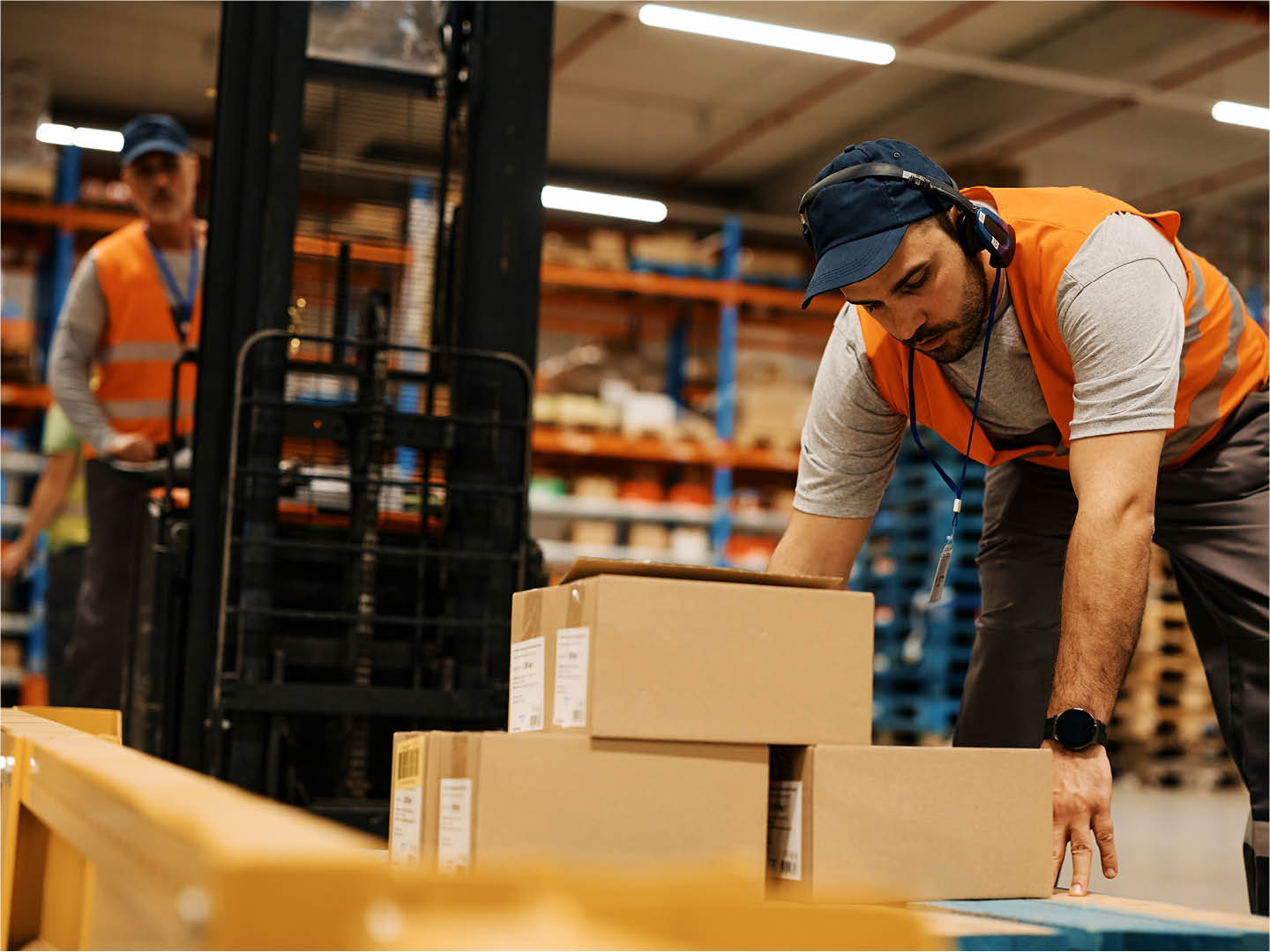


SafeSupplier is a simple way to check that your suppliers can demonstrate legal compliance and validate their capabilities.
With increasing requirements and growing pressure to demonstrate credible sustainable and ethical practices and legal compliance, a key priority is to make sure that the suppliers you work with meet the highest levels of quality and same standards that your organisation upholds. That’s why SafeContractor now brings you even more value with our improved questionnaire process of suppliers, so you can gain greater visibility and confidence in who you work with across the supply chain.
To help minimise your supply chain risks, SafeSupplier is a simple way to check that your suppliers can demonstrate legal compliance and validate their capabilities across a range of business-critical areas like financial stability, health and safety, modern slavery and Environmental, Social and Governance (ESG).
As organisations increasingly extend their ESG focus beyond their own responsibilities, identifying risks within the supply chain and requiring suppliers to demonstrate their own commitment to managing their business responsibly will require a higher level of visibility than ever before. But with 42% of organisations in the UK struggling to access and collect ESG data in the supply chain, how well do you know your suppliers?
SafeSupplier helps you to achieve that. Suppliers are verified through our SafeSupplier questionnaire, which we’ve recently expanded and enhanced, meaning that you benefit from more in-depth questionnaires that dig deeper into the ESG credentials of your suppliers that will help to better understand the maturity of your suppliers and take action based on risks related to ESG factors.
The enhancements provide greater insights and more depth of knowledge into the ESG credentials of your suppliers across three key areas:
Introduction of carbon related questions: High on the agenda are environmental factors as we move towards net-zero targets and making an active contribution to tackling the climate crisis.
What’s new? You can access Streamlined Energy and Carbon Reporting (SECR) or determine if suppliers have started capturing data relating to aspects such as energy / gas usage and where available, find out scope 1, 2 and 3 data information.
Enhanced question set relating to forced labour / human trafficking: Exposure to exploitation and modern slavery through supply chains has been a growing risk for businesses in a globalised environment.
What’s new? You can understand the maturity of suppliers forced labour and human trafficking policy and practices, identify red flags such as low skilled foreign or domestic migrant workers (directly or through an agency), compliance visibility of agencies, named officer responsible for risk management of forced labour / human trafficking and find out who may not be compliant with regulations.
Re-positioning information security into cyber security: A data breach risk involving just one of your suppliers can send security concerns down your entire supply chain and impact your business. If suppliers process personal data, you need to make sure that they’re compliant and the data they collect is secure.
What’s new? You can understand the most recent terminology and evolution in requirements and the range of certification options, check registration with the Information Commissioner’s Office and identify disaster recover processes and systems of protection.
Gemma Archibald – Chief Executive Officer, Supply Chain Division said: “ESG and sustainability is no longer viewed as a future issue, rather an integral part of operational improvement and long-term value creation. This means that organisations simply cannot afford to run the risk of working with suppliers who are not able to prove that they have sound health, safety and ethical policies in place.”
“More companies recognise the importance of sourcing suppliers in a responsible manner, which is why SafeSupplier plays a vital role in supporting our clients in meeting their risk management needs so they work only with suppliers who meet high standards, making sure that their supply chain is compliant.”